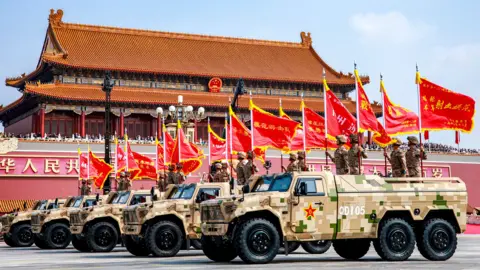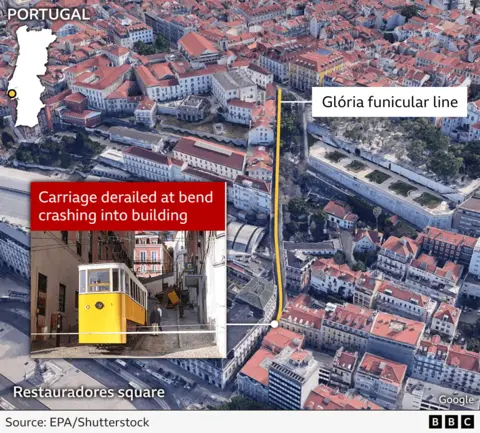In a valley often celebrated as the paradise of India, Pahalgam, a picturesque town in Indian-administered Kashmir, has faced an unprecedented tragedy. A century-old Persian couplet echoes the admiration for this region, now stained by recent violence. The serene landscapes, with their lush meadows and the winding Lidder River, are juxtaposed with a somber reality following the unfortunate events on April 22, when militants targeted Hindu tourists, resulting in the deaths of 25 individuals and a local pony handler.
The shootings have sparked a dangerous escalation of tensions between India and Pakistan, with accusations flying over militant involvement. While the two nuclear-armed nations traded missile attacks in May, Pahalgam residents have struggled to cope with the aftermath of violence that has left their primary source of income—tourism—devastated. As one local hotelier, Javeed Burza, poignantly noted, “What happened here is condemnable... an inhuman act. Innocent people were killed,” overshadowing the valley's natural beauty that attracts visitors and sustains livelihoods.
The tourist season, stretching from April to June, was expected to be vibrant, but many prospective travelers quickly canceled their plans after the attack. In an attempt to revive the failing tourism industry, Chief Minister Omar Abdullah convened a cabinet meeting in Pahalgam shortly after the incident, seeking to improve confidence in the region’s safety. He reflected on his personal connection to Pahalgam, recalling fond memories that bind the community to its natural heritage and hospitality.
Small business owners found themselves reeling from the fallout. Fayyaz Ahmad, a local vendor, recalls the bustling market filled with visitors, a stark contrast to the empty shops that followed the tragedy. “People had taken loans to open shops and buy taxis, now everyone is staring at an uncertain future,” laments Nisar Ali, who feels the area’s reputation has been marred. The road to the tragedy site remains barricaded, underscoring a fraught and uncertain path to healing.
The community's resilience, however, shone through as some local entrepreneurs began reopening their businesses cautiously, hoping that tourists would return. Amidst the prevailing fears, there is a glimmer of optimism as visitor numbers increased with the commencement of the annual Amarnath Yatra pilgrimage, providing a temporary lifeline to the local economy.
As families from various regions begin to explore Kashmir again, expressing confidence in their safety, narratives of the valley's majestic landscapes serve as reminders of Pahalgam's potential for renewal. The juxtaposition of beauty and trauma persists, but it is the enduring spirit of its people and the allure of its peace that may ultimately restore Pahalgam and reaffirm its place as an idyllic escape once more.




















